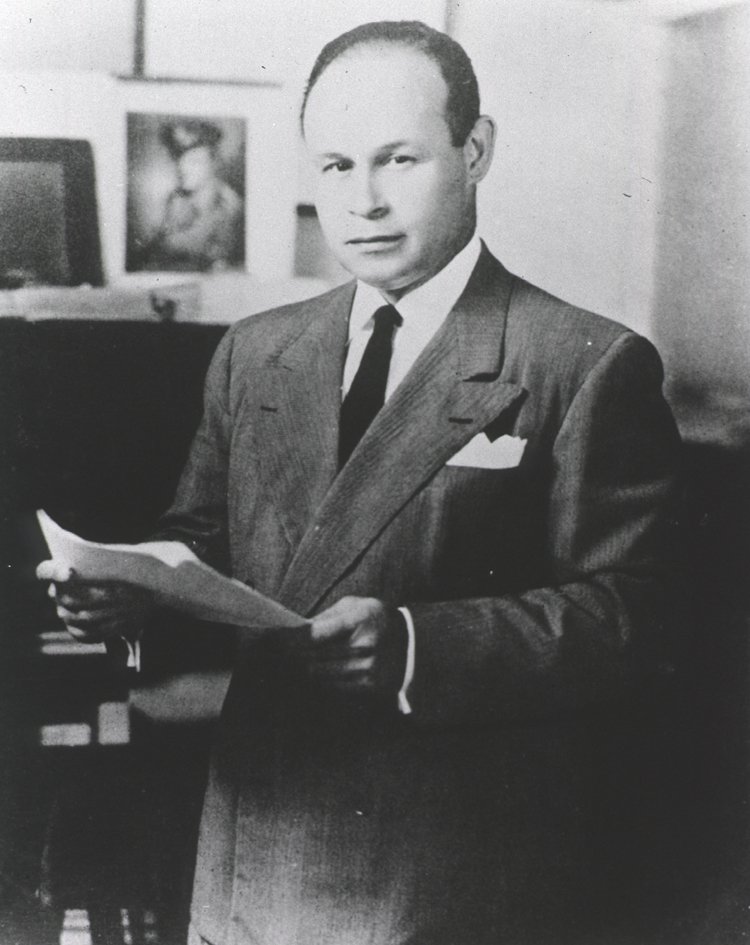Charles Drew (1904–1950) Innovations in Blood Transfusion
By:
jawad hayder

The Content
Early Life and Education:
- Birth: June 4, 1904, Washington, D.C., USA.
- Education: Drew attended Amherst College and later pursued medical studies at McGill University in Montreal, Canada, where he graduated in 1933. His academic journey at McGill was marked by his research on blood preservation, which laid the groundwork for his future achievements.
Major Achievements:
Blood Preservation Techniques:
- Research and Development: At McGill, Drew conducted pioneering research on blood plasma preservation. His work led to the development of techniques for storing blood plasma for extended periods, which was a breakthrough in transfusion medicine.
- Impact During WWII: Drew’s methods were utilized to establish the first large-scale blood bank system during World War II. This system played a crucial role in treating injured soldiers, demonstrating the practical application and significance of his research.
American Red Cross Blood Bank Program:
- Organization and Management: Drew was instrumental in organizing and managing the American Red Cross blood bank program. He helped standardize the processes for collecting, processing, and distributing blood, which significantly improved the efficiency and effectiveness of blood transfusions.
Educational Contributions:
- Teaching and Mentorship: As a professor of surgery at Howard University, Drew was dedicated to advancing medical education and training. He was a mentor to many students and young professionals, advocating for improvements in medical education and healthcare, particularly for African American communities.
Later Life and Death:
- Challenges: Throughout his career, Drew faced racial discrimination but remained committed to his work and the advancement of medical science. His contributions were not always fully recognized during his lifetime, but he became a symbol of excellence and perseverance.
- Death: Charles Drew died on April 1, 1950, as a result of injuries from a car accident. He was involved in a car crash in Burlington, North Carolina, which led to his untimely death. Reports suggest that he might have received better medical attention if he had been in a more equipped facility, but the circumstances of his death are still debated.
Legacy: Charles Drew’s innovations in blood transfusion and storage have had a lasting impact on emergency medical care. His work has saved countless lives and established foundational practices in blood banking. Drew’s legacy is honored through his contributions to medicine and his role in advancing healthcare practices and education. His story continues to inspire and highlight the importance of his groundbreaking achievements in medical science.
jawad hayder
10 months ago
Medicine
You Need To sign In To Add Comment